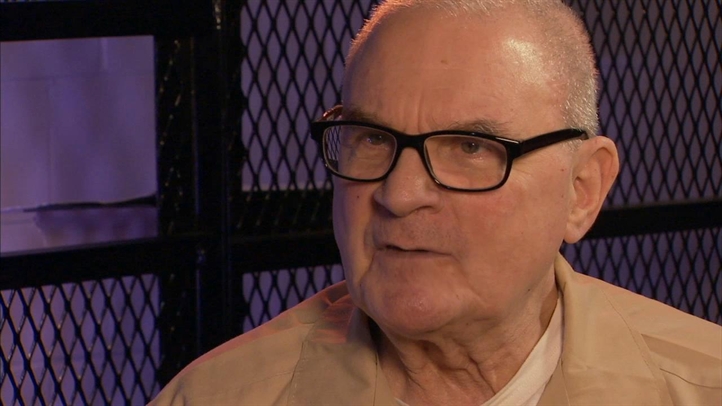A giant of the scientific community in Philadelphia and beyond for eight decades has died.
Dr. Ruth Patrick died Monday in Lafayette Hill, Pa. at the age of 105.
“The world is a better place because Ruth was in it,” said Stanford University biologist Dr. Paul Ehrlich, who knew Patrick for six decades.
The announcement was made by the Academy of Natural Sciences where Patrick’s career examining freshwater ecosystems began 80 years ago.
“Dr. Patrick mentored generations of young scientists and served as a remarkable role model for women eager to establish professional careers in the natural sciences,” said Academy President and CEO George Gephart Jr. “She will continue to serve as an inspiration for generations to come.
“Over her long, productive life, Dr. Patrick assembled the definitive collection of diatoms, and it is a major resource here at the Academy of Natural Sciences.”
Patrick, a native of Kansas City, Mo., became interested in science when she got her first microscope at the age of 7. She first came to Philadelphia in 1933 to study diatoms (single-celled plants that Patrick determined indicate environmental quality) while she was earning her doctorate from the University of Virginia, according to the Academy.
Local
Breaking news and the stories that matter to your neighborhood.
Harvard University biologist Dr. Edward Wilson called Patrick "a pioneer environmental activist, one of America’s premier women science leaders, and has been a major influence in stimulating multiple generations of scientists.”
Dr. Patrick returned to the Academy as an unpaid assistant curator of microscopy in 1937 at a time when there were few women in science and few scientists focused on environmental impacts, according to the Academy.
The Academy put Patrick on the payroll in 1945 and she would go on to establish the Department of Limnology, later called the Patrick Center for Environmental Research, where she began to investigate how pollution affected organisms like aquatic plants and animals.
“Basically she demonstrated biological diversity can be used to measure environmental impact,” said conservation biologist Dr. Thomas Lovejoy. “I call that the Patrick Principle and consider it the basis for all environmental science and management.”
Patrick, who resided in Chestnut Hill for decades, worked with both the environmentalists and industrialists because she believed they could work together to gain mutually beneficial results, according to the Academy.
She worked closely with political figures. She advised President Lyndon Johnson and President Ronald Reagan, worked with Congress in the 1960s to help draft the Clean Water Act and was awarded the National Medal of Science from President Bill Clinton in 1996.
She was the first woman and first environmentalist to serve on the DuPont Board of Directors in 1975 -- one of the many boards, including the World Wildlife Fund, that Patrick was a part of. She also was the first woman to chair the Academy’s Board of Trustees.

Besides her work at the Academy, Patrick taught limnology and botany at the University of Pennsylvania for more than 35 years -- publishing more than 200 scientific papers as well as a number of books.
She earned 25 honorary degrees including UPenn, Princeton and many other schools and was named “Alumna of the Century” by Coker College in Hartsville, S.C. where she earned a bachelor of the sciences in 1929. She was also inducted in the National Women’s Hall of Fame in 2009 and science education outposts in South Carolina, Georgia and New Jersey bear her name.
Despite her national recognition, Patrick always remained close to the Academy, even into her centenarian years. The Academy honored her 100th birthday with a gala that included a tribute from former U.S. Vice President Al Gore and she was often a fixture in the museum café “anonymously” eating lunch among schoolchildren visiting for the day, according to the Academy.
Patrick said that she tried to live her life by the virtues instilled in her by her father Frank Patrick: “Leave the world a better place for having passed through it.”
Patrick was married to the late Charles Hodge IV and to the late Lewis Van Dusen, Jr. She is survived by her son, Charles Hodge V, and several stepchildren and grandchildren.
Funeral plans are pending.



